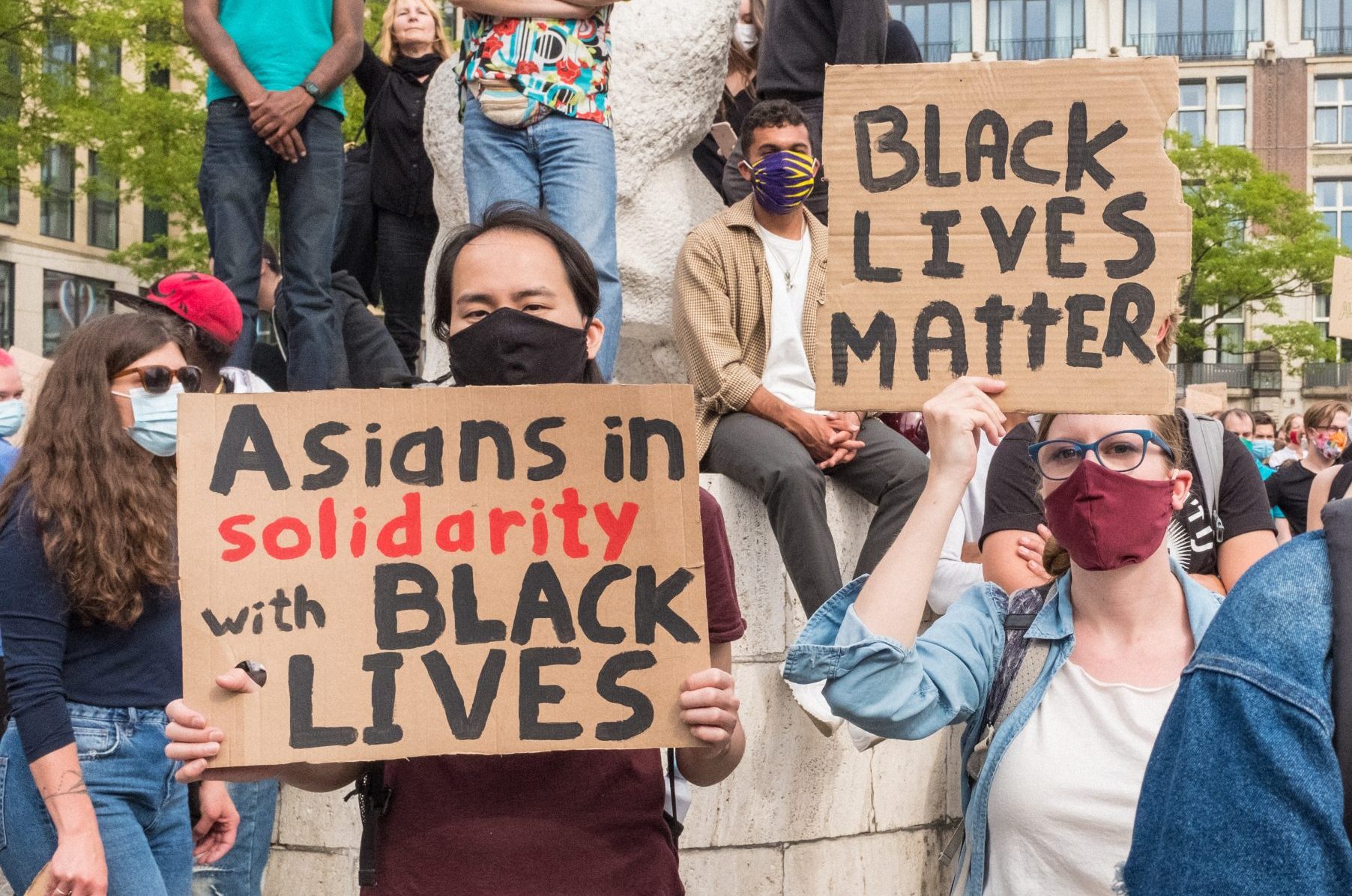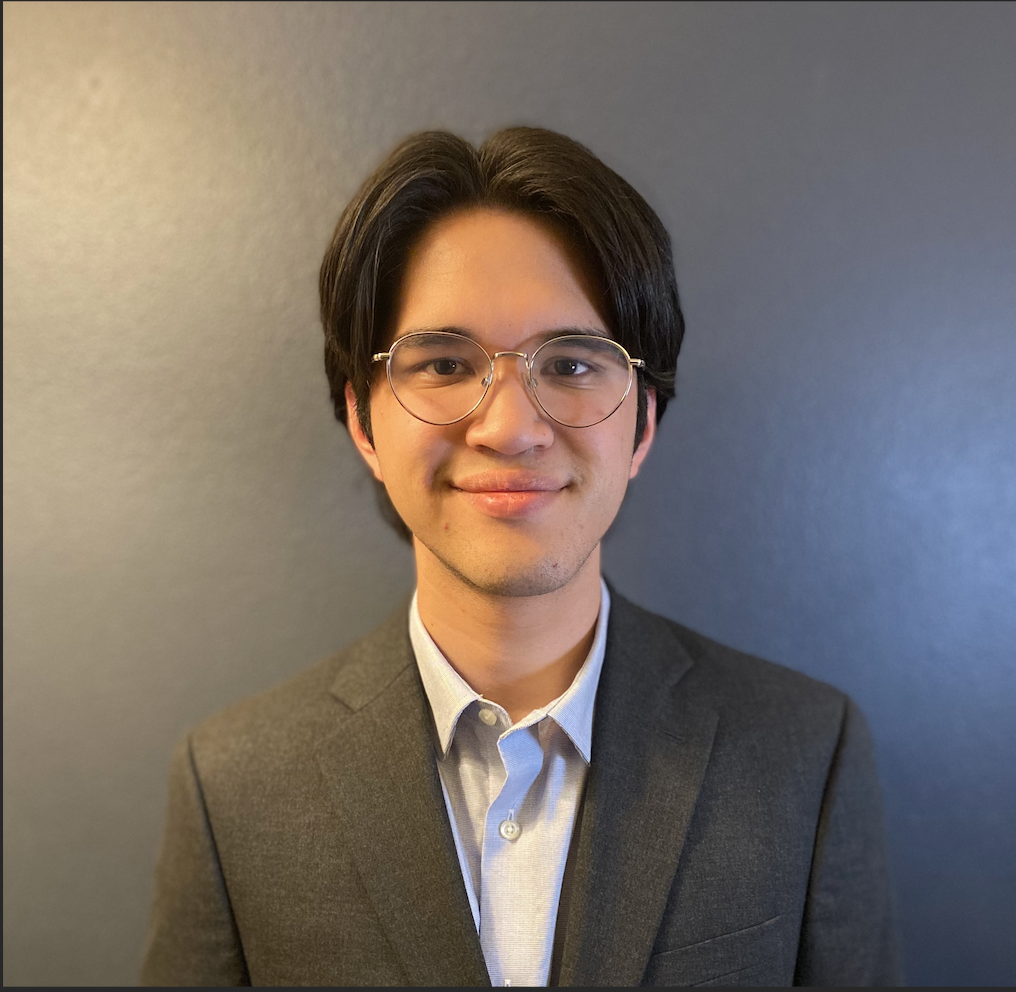In the summer of 2023, the Supreme Court of the United States of America will deliver its ruling on two recent cases regarding the future of affirmative action. The three liberal justices seem ready to defend the propriety of these policies, but the conservative majority has raised doubts about their necessity and the possible discrimination they ironically might cause. Both cases—one against Harvard University, the other against the University of North Carolina—allege discrimination in the admissions process against white and Asian American students in favor of more disadvantaged minority groups. Asian Americans have consistently stood out among their fellow minorities, sometimes not even being considered a minority due to their reputation for economic success. This reputation as a “Model Minority,” however, inflicts great harm upon Asian Americans, and has been used as a weapon of discrimination against other minorities.
Affirmative action policies in the United States carry with them a long history of fierce opposition and continuous evolution since their initial imagining. In 1961, President John F. Kennedy laid the groundwork for these policies, issuing an executive order to further the nation’s progress toward systemic racial equity and nondiscrimination. This was a response to the key arguments of the Civil Rights Movement, which brought attention to the baked-in racism found in America’s most powerful and influential institutions, including the court system, the police force, housing, and higher education. Affirmative action policies set out to level the playing field and provide some semblance of reparation for centuries of racial injustice by requiring educational institutions to consider race as a factor in admissions to account for systemic educational disadvantages.
Despite its original intent, the actual implementation of affirmative action policies has been refined and curtailed by various Supreme Court decisions. The Bakke ruling (1978) disallowed “the use of affirmative action to remedy the effects of racial discrimination,” undermining JFK’s stated goals. However, the Court did allow the consideration of race among many other factors, as universities had presented a convincing argument that campus diversity was a desirable goal that was otherwise unattainable under race-neutral admissions policies. The Bollinger cases (2003) disallowed one-size-fits-all programs, requiring individualized implementation, but also found that affirmative action programs ought to have an expiration date. These cases set much of the precedent for current affirmative action programs and legal cases. There have since been a few attempts to overturn these rulings, most of which deemed race-conscious admissions processes to be unconstitutional, but none have been successful—yet.
Affirmative action enjoys the support of over two-thirds of all Asian Americans; the lowest numbers for specific ethnic groups can be found with Chinese Americans, still at a high 59%. This raises questions as to why they have been at the center of the affirmative action debate for so long. Asian Americans have a reputation of being hard workers and reaching high levels of academic success, often leading them on to success in profitable industries and comfortable lives. The argument in opposition to affirmative action — provided by a vocal minority of Asian Americans — of dedicated study leading to successful lives is now backfiring, leading to Asian Americans being unfairly passed over in the college admissions process, despite their relative over-representation among high-tier schools such as Harvard.
The heights that this particular minority group has been able to reach is offered as proof that affirmative action is no longer needed; a post-racist, equitable society is already here, and interference to artificially produce diversity harms minorities. There are some big problems with this argument, starting with the claim of universal Asian success in America. In the US, Asian Americans are considered the “Model Minority”; essentially, they are hardworking, self-sufficient and well-assimilated members of society. If it is true that, by the power of dedication and hard work, Asians Americans can achieve great things without any restriction due to their race, there exists damning evidence against the need for or propriety of affirmative action policies. Unfortunately, the evidence isn’t quite so definitive, even among Asian Americans.
Not all Asians are successful in America, but the Model Minority narrative only looks at the immigrants from major countries such as China, Japan, and Korea. Vietnamese, Cambodian, and Bhutanese communities have very low levels of high school graduates and high levels of poverty. Because of American immigration law, most immigrants from the major Asian countries are high-performing professionals and academics, setting their Asian American children up for success in the future. This “hard work leads to a good life” narrative should hold true for Asian immigrants here and abroad, but Chinese in Spain face just as many issues as any other minority group. Universal success is not a supported claim, and the Model Minority is a myth.
The Model Minority Myth paints a deceptive and reductive picture of a monolithic Asian immigrant community, obscuring the beautiful nuances of its diverse cultures and the many issues that they still face based on race. It isn’t only harmful to Asian Americans, though. The Model Minority serves as a standard for comparison, putting Asian Americans up against Black, Latino, and Indigenous individuals with the full knowledge that the hardworking Asian American reputation, coupled with their average higher success, will make other groups look comparatively worse. The message is clearly “It isn’t racism because Asians can still make it; it’s your fault for not trying hard enough.” Asians’ determination for American acceptance is weaponized against other minority groups, and they are even taking the fall for potentially ending one of the most effective anti-discrimination programs in this nation’s history.
If Asian Americans can be blamed for the perpetuation of inequality rather than systemic racism, they will be blamed. If other minority groups can be blamed for their own circumstances rather than systemic racism, they will be blamed. Asian Americans undoubtedly face discrimination here in the US — as has been an unfortunately notable theme during the COVID-19 pandemic — but affirmative action isn’t to blame. The proposed “race-blind” alternatives for college admissions reveal a great deal about the overall goal: escaping the burden of white guilt. Systemic racism exists, discrimination exists, and the white majority want to avoid that conversation by pitting minority groups against each other to preserve a status quo that still benefits them. As affirmative action faces down probable death, remember who is really to blame.

















